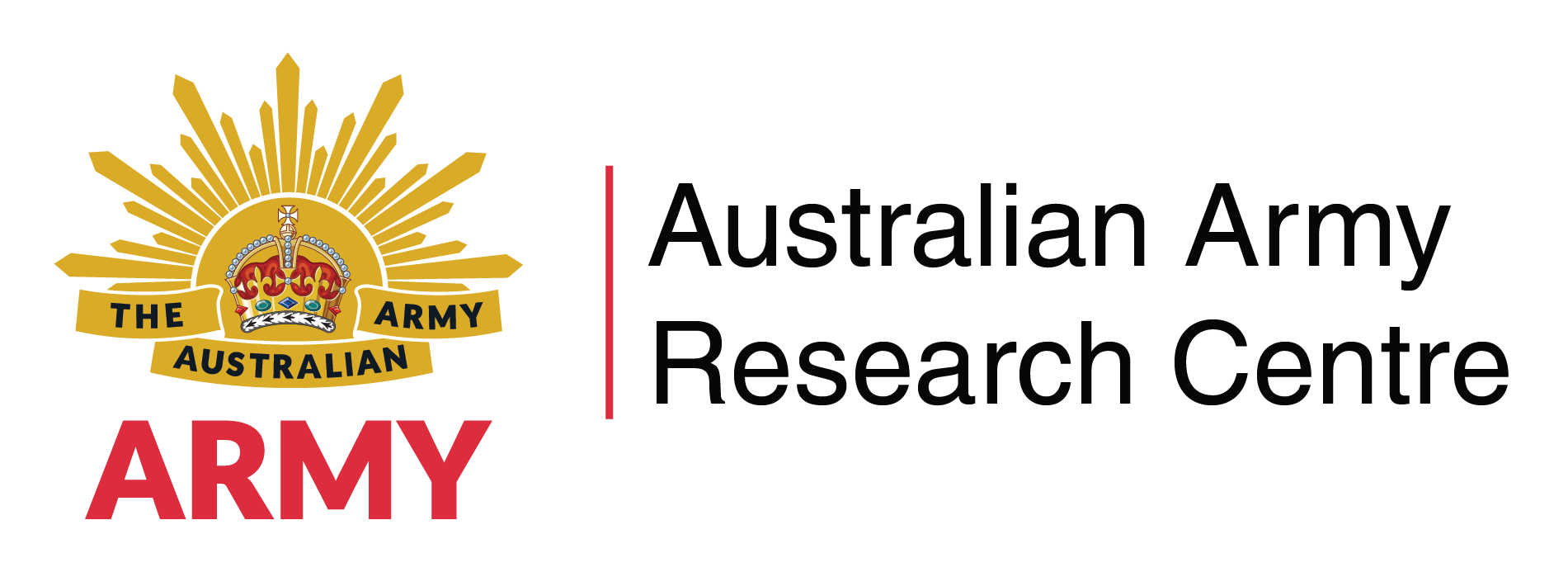Search
Using the filters to the left, click your selection, it will become bold and filter the results, click it again to remove that filter.
Phillip Bradley is the author of 10 books on Australian military history, including eight on the campaigns in Papua New Guinea during the Second World War. These include Hell’s Battlefield , The Battle for Wau , To Salamaua , D-Day New Guinea and The Battle for Shaggy Ridge . For the past three years he has acted as the battlefield historian for Army study tours to the Papuan beachheads. He is currently writing a narrative history of the Australian experience on the Western Front in World War I. … Phillip …
Abstract The first version of the Australian Defence Force Gap Year—Army (ADFGY-A) program, which ran between 2007 and 2012, aimed to develop a pool of willing applicants who would extend their commitment to the Army. 1 Although it has often been cited as a success, when the quantitative outcomes are reviewed more closely the extent of its success becomes somewhat ambiguous and largely dependent on views on the ADFGY-A program’s purpose. Despite the possibility that some intangible and immeasurable …
Lincoln Sudholz is a Military Police Officer in the Australian Army. He has served in various law enforcement and policing roles domestically and on operations. He has a Bachelor of Science and Master of Business from the University of New South Wales and a Master of Management Science, Manpower Systems Analysis from the Naval Postgraduate School Monterey California. He is currently a Workforce Modeller with Modelling & Simulation, Military Workforce Design Division. … Lincoln …
Abstract The Australian Army is investing a high proportion of its capability in operations, turning to the deployment of reservists to supplement the number of full-time soldiers available to deploy. While demand for Army reservists has increased, total force numbers have been decreasing. Defence-sponsored surveys of serving reservists are designed to analyse their motivation for serving from a quantitative standpoint. This paper presents the findings of doctoral research using a qualitative approach to …
Abstract Army’s military history is not some curio simply to be admired. Events that took place many decades ago, many thousands of kilometres away and against very different adversaries to those faced today still provide valuable lessons for modern commanders. This article examines the little-known capture of Rommel’s signals intelligence unit by an Australian battalion in North Africa in July 1942 as a case in point. It identifies how risks taken by German commanders compromised not just Rommel’s …
Abstract This article explores the establishment of an operationally-orientated organisation to effect regional capacity building, which might serve as a focal point for coordinating unorthodox responses to contemporary security challenges within the region. Such an organisation would be capable of providing strategic deterrence through the employment of land-based anti-ship missiles to deny maritime chokepoints in an Australianised version of an anti-access, area-denial strategy. Habitual …
Abstract The friction of war, heavily influenced by logistic factors, ultimately determines how military capabilities will perform. Despite the intended strategy and tactics of a force, captured in the operational concepts developed by Army’s staff and established in principles employed in the introduction into service of new capabilities, logistics reveals itself to be much more than a mere afterthought. This article examines how often overlooked logistics factors, considered in unison with strategy and …
Abstract Social media and strategic communication sit at the heart of the war of ideas between the Islamic State in Iraq and the Levant (ISIL) and the West. The West is critically vulnerable to ISIL’s use of social media, shrewdly exploited in the recruitment of potential jihadists. This article argues that the Western world is losing the digital propaganda war waged by ISIL. At the strategic level, ISIL plans, synchronises and coordinates its social media efforts. Commanders provide operational updates …
It is human nature for the weak to take the measure of the strong. Global underdogs — both states and non-state actors — are taking stock of the strengths and weaknesses of today’s dominant military power. And since 2001, the United States has obligingly displayed them. Having been at war for the past fourteen years, the United States and its allies have offered adversaries plenty of opportunity to school themselves on our tactics, operations and technologies. As social networking makes every major …
